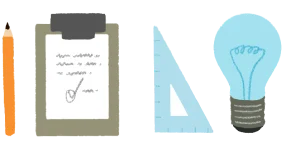Sign up for our UX Blog
Don't miss the latest! We'll notify you of each new post.

Task Analysis is a systematic method of studying how users complete tasks to achieve their goals. It involves breaking down complex activities into smaller, more manageable steps to understand the sequence, decisions, and information needed at each stage. This detailed examination helps designers understand user workflows, identify pain points, and design more intuitive interfaces.
There are several approaches to task analysis, including hierarchical task analysis (breaking tasks into subtasks), cognitive task analysis (focusing on mental processes), and sequential task analysis (examining the order of steps). The method chosen depends on the complexity of the task and the specific insights needed for the design process.
Task Analysis is important because it provides detailed insights into how users actually complete tasks, revealing complexities, decision points, and potential areas for improvement that might not be apparent through other research methods. It helps designers create interfaces that align with users' mental models and workflows, reducing cognitive load and improving efficiency.
This method is particularly valuable when designing for complex processes, specialized domains, or tasks with high cognitive demands. It helps identify unnecessary steps that can be eliminated, opportunities for automation, and critical information needs at each stage of a process. Task analysis also provides a foundation for other design activities like information architecture, interaction design, and usability testing.
To conduct task analysis, start by identifying the specific tasks to analyze based on frequency, importance, or complexity. Gather data through methods like observation, interviews, or contextual inquiry to understand how users currently perform these tasks. Break down each task into steps, noting the sequence, decisions, and information needed at each point.
Document your analysis using appropriate formats such as hierarchical diagrams, flowcharts, or sequential lists. Analyze the results to identify inefficiencies, pain points, and opportunities for improvement. Use these insights to inform design decisions, simplify workflows, and create interfaces that better support users' task completion processes.